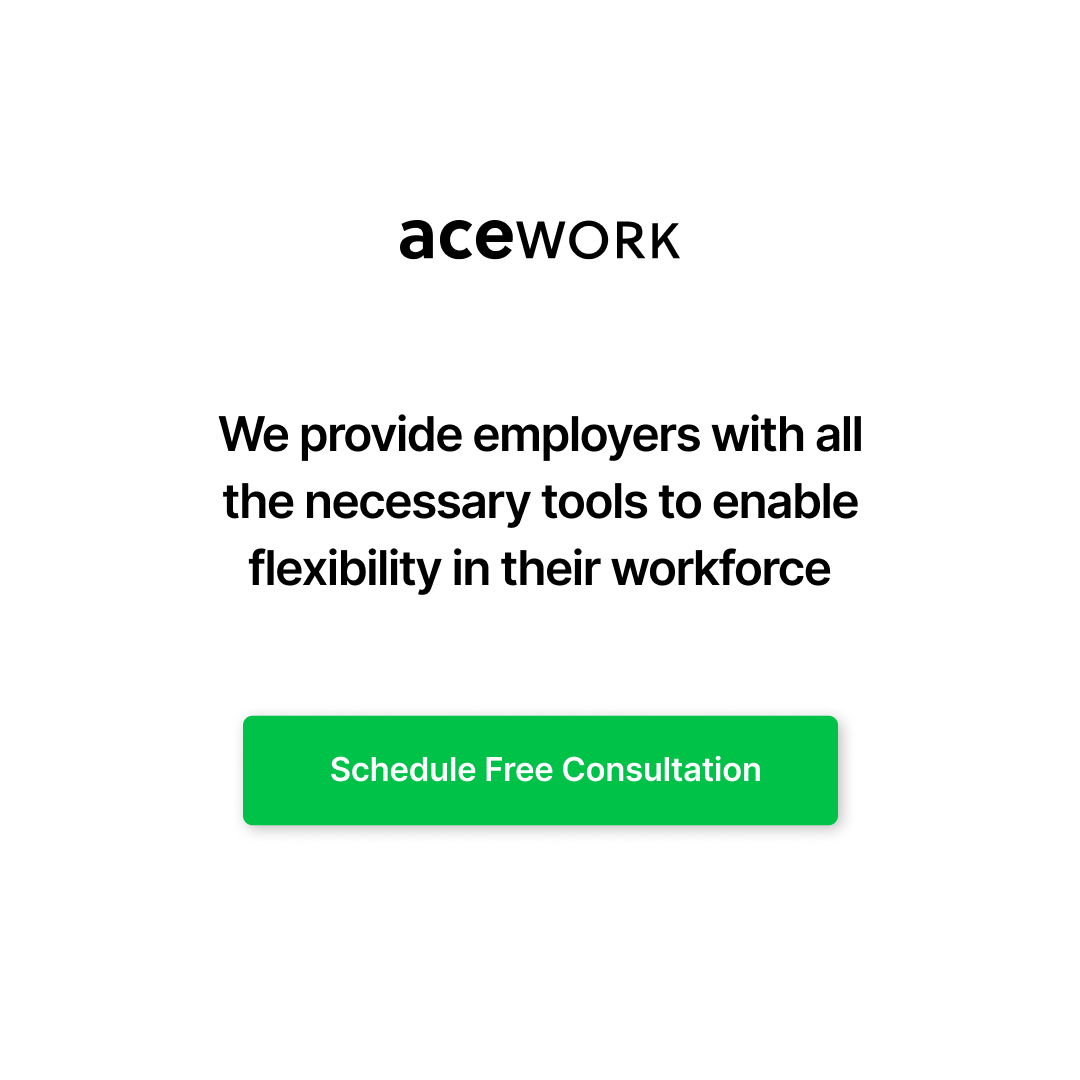We all know that the world of work has changed. For many companies it’s been remote for a while and for some it’s staying that way. So what are the best practices for remote hiring? It’s important that every company has a structure when it comes to remote hiring. For in-person recruiting and hiring, seasoned HR professionals know the process inside out, however, when it’s all virtual there’s aspects of the process that can fall between the gaps. Yes, communication is key (as with all things remote work) but there’s more to remote hiring than that. Here we share 10 best practices for remote hiring from start to finish to ensure a well-rounded guide to the basics, with some expert tricks along the way.
1. Identify your ideal candidate
The first step is to create the candidate and job profile internally. It’s important to know what you require from candidates, what skills are nice to have and what restrictions there are on location if it’s not a worldwide remote position. Remote recruiters should know what they want to look out for. This includes general must-have remote work skills alongside flexible and remote working skills specifically for the role. All in all when remote hiring, understanding your ideal candidate profile internally first is crucial to attract the right talent. Here’s a simple outline:
- What is the role description and what does it require?
- What are the hard, soft and remote skills?
- Where are they located/language needed?
- Keep in mind the company culture. What should the person add to your teams in terms of values and personality?
- What do your top performers do that would be great from new hires?
2. Perfect the remote job description
Once you’ve identified your ideal candidate the next step is posting the job listing. This means ensuring that the job description is adapted to remote or flexible roles (if the company is hybrid or in-office, obviously). We even have a full guide on how to write the perfect job description! The key takeaways you need to focus when posting are:
- How to attract applications from the talent you actually want to hire
- And how to deter applicants that aren’t qualified or the right fit.
When posting for any type of remote role it’s important to specify the type of flexible work arrangement your company operates under. Whether that’s remote first, partially remote or even fully remote/work-from-anywhere. Don’t forget to specify additional remote work requirements such as location such as “US only” or “EU only”. This will further ensure that the right candidates apply.
Although it may seem simple, duplicating roles with the same content and responsibilities can deter even the qualified candidates. Therefore it’s crucial to clearly outline the requirements, responsibilities as well as the company culture in the “about us” section. Again, ensuring that it’s specifically curated for the remote job listing.
3. Speed up the screening process

Screening candidate applications can take hours if done manually or without clarity. It’s important to become familiar with the role and what you will be screening for. Make sure you are clear on the job description. It’s important that the hiring manager briefs you properly by providing all the details to understand what the goals and dealbreakers of the position are.
The best way to speed up the screening process is to create accurate and deal-breaker screening questions as part of the application process. These questions should be focused on mandatory elements, for example, location, languages, work permits if necessary, work-related skills. You can always mix these questions with others that show how mission driven or excited about the job the candidate really is. You should also create examples of what would be a good or a bad answer for each question to make the filter easier.
Once you have done this you can start prioritising candidates. You can organize them into different levels for example good fit, maybe or not a fit. Based on this you can start coordinating your first video calls or phone screens.
4. Focus on candidate experience
Let’s not forget to be human. When jumping into a virtual (video) interview, introduce yourself by sharing something personal. Maybe you have your pet nearby or a cake you baked. As you would serve coffee in the office, make small talk to make them more comfortable. No one is at their best when they are drowning in nerves so empathy and communication is key. Establishing a more human connection can help interviewees feel welcome and connected.
This is even more important when you only see someone two-dimensionally and very briefly.
It can be tempting as a recruiter to make interviews much more efficient and shorter to interview more candidates, but actually having good screening in place should eliminate the need to interview too many people. Instead you can put full focus and take time for the ones you chose to move forward with.
Some basics to not forget include maintaining eye contact and body language. Don’t just stare at the screen and don’t get distracted by your surroundings, or worse, emails and notifications on your screen. If they don’t feel heard or think you aren’t paying attention it will leave a bad impression.
5. Give a great first impression
Your first impression is just as important as the candidates. Make sure you’re:
- On time – the basics of basics!
- Dressed appropriately – Office wear or business casual.
- Know your candidate – Take a glimpse at their Linkedin profile.
- Look and sound great – no not just your clothes but your environment, equipment (avoid glitches and bad connection) and lighting is important too. Test it all in advance.
As Forbes put it: Dress the space. Your white background with the company logo doesn’t cut it. People are craving human experience not an in-person robot. Candidates are hoping to talk to a real person after applying through, what likely was, an ATS and screening. If you have a nice wall with a frame and a plant, perfect. Even better if the frame has a picture or poster that can be a nice icebreaker – “oh you like Game of Thrones? Me too!” Formalities are great but there’s no reason to force an office when you’re not in one. Which is another perk of remote recruiting for remote-friendly roles. Candidates can get a real feel for how remote-friendly the company is which then encourages questions about company culture. Also if you didn’t check the Forbes article, we don’t want you to miss this chance for video call background inspiration thanks to Room Rater on Twitter (/ratemyskyperoom).
6. Have a remote hiring structure in place

From the perfect job description to using talent assessments, a streamlined hiring structure is the first step to finding the right candidate. Whether you’re recruiting solo or leading a team it’s important here’s where you should start:
- Identify your ideal candidate: As mentioned above it’s important to know what is required for the role. This includes soft skills, hard skills, remote specific traits, location, language, amongst others.
- Use talent assessments: The right talent assessment and screening questions in the beginning stages of the hiring process can save you time and effort. To start with, it helps filter out 90% of unqualified candidates as well as give candidates the first glimpse into the company and ensure they’re the right fit. To learn more check out our article: talent assessments for remote interviews.
- Interview pipeline: The initial interview will help further filter the applicant pool, however it’s from this point on that you need to make the most of any further interviews. Interviews with more people in the company can be beneficial to get a 360 degree view, for the candidate as well as a better impression of the person (from the company perspective). However, really plan each one by asking only relevant questions. Multiple, long, time consuming interviews can deter top talent.
- Ace your onboarding process: They may have said yes but this is the last step. Really acing the onboarding process is crucial and studies show that a strong onboarding process improves retention by 82%. A great onboarding experience also means a great candidate experience and decreased turnover in the long run.
7. Pay attention to biases
In our recent blog post we talked about red flags in remote recruiting. It’s crucial for remote recruiters to avoid biases as the chances are even more likely with everything being virtual. The information you receive about the other person whether conscious or not is limited to a screen. It’s important to avoid them as much as possible so here’s some to watch out for:
- “Similar to me”: This bias refers to the fact that we get along with people who tend to look and think like we do. So we end up choosing those people with whom we feel identified. Which also has a negative effect on diversity and inclusion efforts.
- “Gut feeling”: This bias is when you make a hiring decision based on your instant judgments, often subconscious ones. Instead of using an objective evaluation system.
- “Cultural Noise”: This bias is very relevant for international virtual recruitment. It refers to the communication barriers between different cultures including differences in language, manners, values, non‐verbal cues, etc.
- To read the full list check out Communication in Virtual Recruiting: What is a red flag?
8. Share team or company insight
This could be in conjunction with more interviews in the company. Consider interviews with members of other teams, to give both sides more information to make a better decision. Depending on how hard you need to “sell” the position, this can be earlier or later in the recruiting process. Earlier when you feel like you need to convince top talent to join you, later if you really want to focus on team alignment and add value. Additionally, if you’re an in-house recruiter share your own experience, at the end of the day you’re also an employee of the company. Sharing personal stories always creates engagement. This can include observations and or why you enjoy working with the company.
??? Learn how flexible hiring has allowed Kinsta to hire top talent for hard to fill positions here ???
9. Make sure candidates are informed and engaged

Keeping candidates informed and engaged is key to getting that yes at the end of the interview process. If you can prevent top candidates from dropping out of the process and staying till the end then you’re more likely to get your first choice. The three main reasons why candidates may drop out are having a slow process, bad communication and a complicated process. To prevent this, here’s two quick tips you can do now.
- A quick response rate: If a candidate inquires about next steps or has questions about the application process, ensure you respond honestly and on time. Let them know when to expect a response if you know part of the process will take a certain amount of time.
- Reach out: There may be times when a candidate does not contact you directly. This is then your job to ensure they are in the loop about the process and what to expect next.
Communication means better engagement but candidate feedback is also crucial. The best place to find out about your recruitment process is the candidates. To do this you can ask about their experience. Candidates can do this no matter how far along in the recruitment process they’ve come if you send them a quick survey with a few questions. This feedback can then help you see what keeps them engaged and where you’re lacking. Of course, improving from feedback can then improve the whole process and candidate engagement overall. Make sure to assess and then reevaluate especially if you’re not seeing the results you’re expecting.
10. Ace your onboarding process
As mentioned above, this is the last step in the recruitment process. After all there’s a chance they could back out before they’ve sent all the necessary information. From a stellar job description to keeping candidates engaged and showcasing your brand, a great onboarding process means new employees can be informed of their new role and tasks quickly. This also means increased engagement levels, heightened productivity and decreased turnovers in the long run. Some of the best practices include:
- Preparing all onboarding tasks.
- Delivering to-the-point onboarding presentations.
- Drafting a complete employee playbook.
- Creating an onboarding team including managers, role buddies and culture buddies.
- Conducting surveys and check-ins.
To dive in deeper, take a look at our 5 key tips for onboarding employees remotely.
Want to learn more? Watch the recording of our webinar about remote onboarding here.
At acework, we enable businesses to build their successful distributed workforce. We can help you find and hire experienced professionals looking for flexible career opportunities. Our advisory creates actionable strategies for companies based on their culture, processes, and business needs. Schedule a free strategy session to start building your high performing diverse and distributed team.
If you are a candidate looking for work, don’t forget to visit our job board and save it to your favourites. We regularly post new roles there.







